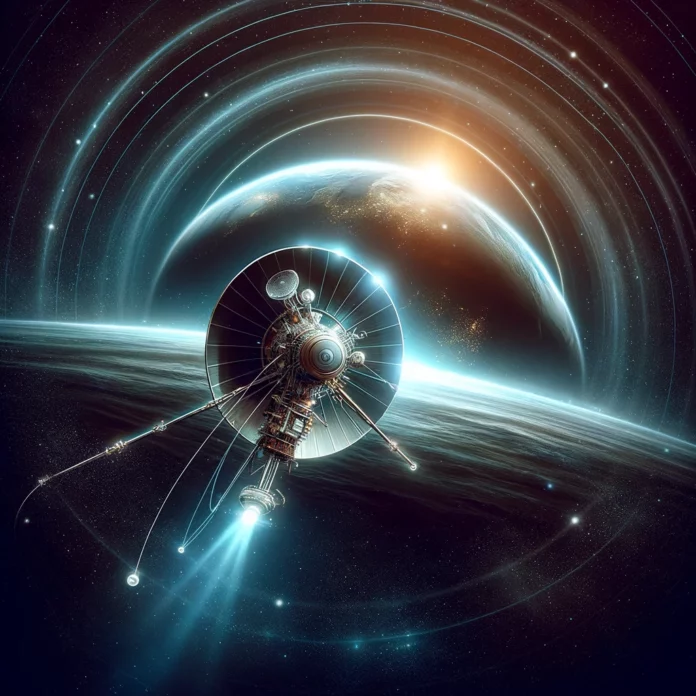Nearly half a century after its launch, NASA’s Voyager 1 spacecraft continues to defy the vastness of interstellar space, proving once again the enduring ingenuity of human engineering. In a recent remarkable feat, NASA’s Jet Propulsion Laboratory (JPL) team successfully revived the 46-year-old spacecraft, restoring its ability to send back usable data after a mysterious five-month silence.
Launched in 1977, Voyager 1’s primary mission was to provide detailed images of Jupiter and Saturn. However, its journey didn’t end after these initial objectives were spectacularly met. It pushed the boundaries of exploration to where no man-made object had gone before—interstellar space.
The troubles began in November when Voyager 1 started transmitting data that JPL scientists could not decipher. After months of diagnostic work, the issue was traced to the spacecraft’s flight data subsystem (FDS), which orchestrates the packaging of scientific and engineering data for transmission back to Earth. It was discovered that a segment of the subsystem’s memory had failed, turning vital data into incomprehensible code.
Faced with a spacecraft billions of miles away—over 15 billion, to be precise—the team could not perform physical repairs or rely on quick communications. Signals sent from Earth take a staggering 22.5 hours to reach Voyager 1, making every interaction a slow and tense waiting game.
Undeterred, the JPL engineers devised a plan to bypass the malfunctioning memory. They began slicing up the necessary code into smaller sections, strategically relocating these pieces within the spacecraft’s still-functioning memory units. This innovative process not only restored communication but also allowed the spacecraft to resume its scientific mission.
This recent breakthrough is not just about fixing a distant spacecraft; it symbolizes the relentless human spirit to explore and understand the universe. Each piece of data Voyager 1 sends back from the void beyond our solar system offers invaluable insights into the fundamental nature of the cosmos.
As Voyager 1 continues its lonely trek across the stars, it carries with it the collective hopes and dreams of humanity. Its prolonged mission serves as a beacon of inspiration and a reminder that even the machines we send to the farthest reaches of space can provide us with a deeper understanding of our place in the universe.
NASA’s team plans to continue adjusting and relocating the affected software segments in the FDS. With each successful tweak, Voyager 1’s life is extended, promising more opportunities for discovery. This ongoing mission exemplifies a profound connection between past ambitions and future possibilities, highlighting how far technology has come and how far it can still go.
